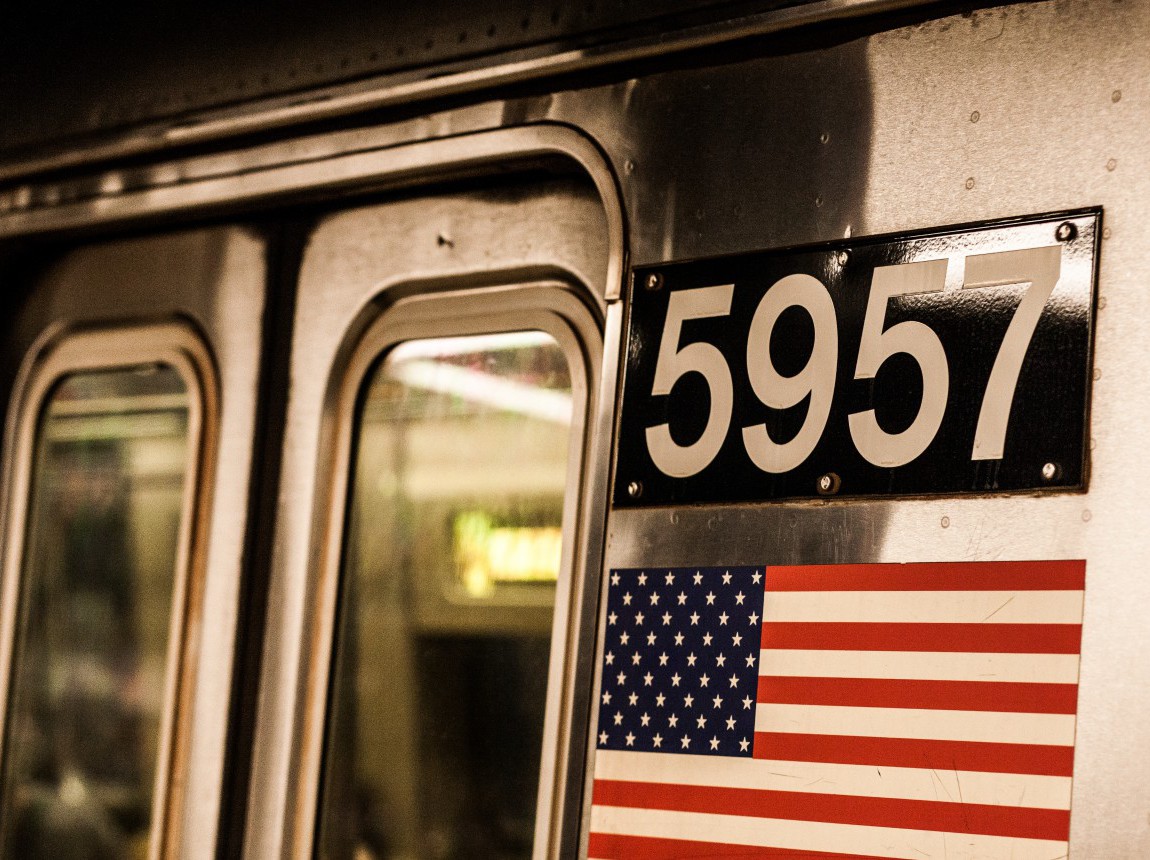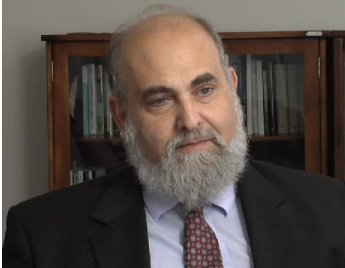Related

Apr 24,2015
Marron Course Fall 2015
by
Brandon Fuller

Apr 17,2012
Reducing Drug-Related Violence in Mexico
by
Brandon Fuller
Nick Miroff, the National Security Correspondent for The Washington Post, reviews the political response to America's increasing drug use. With a higher number of seizures of methamphetamine and heroin at the Mexican border and the growing use of cocaine and opioids, Miroff reviews the Trump administration's countermove to the issue as a "crack down" on violent crime. Both President Trump and Attorney General Jeff Sessions blame this drug boom for "American carnage", even though statistics cannot tie a direct relationship between illegal narcotics and violence in U.S. cities. For example, New York City reported its lowest homicide rate since 1951 (at 290 homicides), while simultaneously entering a record 1,400 fatal overdose deaths. Miroff contends that this trend "counters conventional wisdom about the origins of urban violence."
Miroff and the Marron Institute's Director of Crime and Justice, Mark Kleiman, share the same thesis, stating that a big part of "reducing drug-related killings" is actually smartphones. They posit that the emergence of GPS mapping, encrypted communications and messaging apps have lessened the need for dealers to control and defend specific locations with physical violence.
“The technology of retail drug dealing has shifted radically, especially over the past 10 years,” said Mark Kleiman, a criminologist at New York University. “It’s no longer people standing on street corners. It’s hand-to-hand transactions between people with cellphones, and they’re not vulnerable in the same way.”
Added Kleiman: “It’s also harder for police to disrupt.”
Please fill out the information below to receive our e-newsletter(s).
*Indicates required.